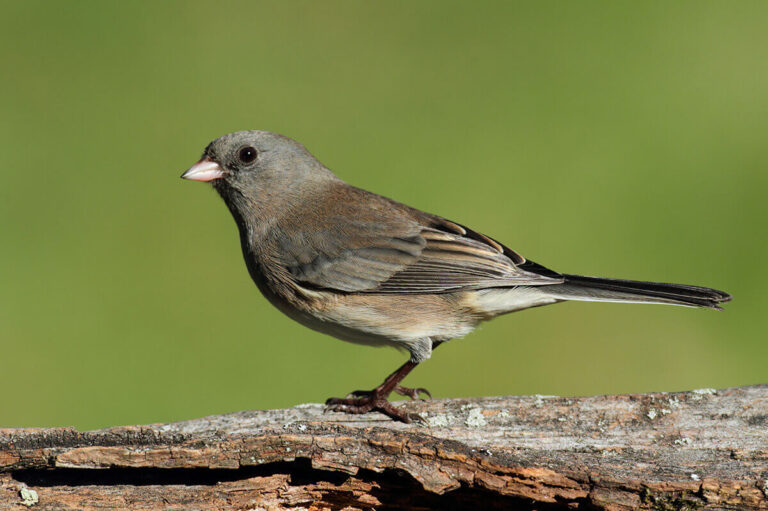Antelope: An In-Depth Exploration of the Graceful Herbivores
Antelopes are among the most diverse and fascinating groups of herbivorous mammals worldwide. Found primarily in Africa and parts of Asia, these elegant creatures are known for their speed, agility, and various adaptations that help them survive in the wild. This comprehensive article will explore everything about antelopes, from their scientific classification to their evolutionary history and relationship with humans.
Contents
Scientific Classification
Antelopes belong to the family Bovidae, which includes animals like cattle, goats, and sheep. The term “antelope” does not refer to a single species but rather a group comprising over 90 species spread across multiple genera.
- Kingdom: Animalia
- Phylum: Chordata
- Class: Mammalia
- Order: Artiodactyla
- Family: Bovidae
- Subfamily: Various subfamilies, including Antilopinae, Bovinae, and Hippotraginae
Physical Characteristics

Antelopes display a wide range of sizes, colors, and body shapes. Generally, they have slender bodies and long legs and are built for speed and agility. Some common physical traits include:
- Size: Varies from the tiny Royal Antelope (10–12 inches tall) to the large Eland (up to 6 feet at the shoulder).
- Horns: Both males and females may have horns, which vary significantly in shape and size. They are usually spiraled, curved, or straight.
- Coat: The coat color varies among species and can range from light tan to deep brown, often with unique patterns or markings that provide camouflage.
Habitat and Distribution
Antelopes inhabit a variety of ecosystems across Africa and parts of Asia. Their habitats range from:
- Savannas and Grasslands: Home to species like the Thomson’s Gazelle and Impala.
- Deserts and Semi-Arid Regions: Adapted species like the Addax and Oryx.
- Forests and Woodlands: Include species such as the Bongo and Bushbuck.
- Mountains and Highlands: The Mountain Nyala and Saiga are examples.
Behavior and Social Structure

Antelopes exhibit various behaviors depending on their environment and social structures, which range from solitary to highly social.
- Social Groups: Some species, like the Wildebeest, form large herds for protection and migration, while others, such as the Duiker, are more solitary.
- Territoriality: Males of certain species mark their territories with scent glands and defend them from rivals.
- Communication: They use vocalizations, body language, and scent markings to communicate with each other.
Diet and Feeding Habits
Antelopes are primarily herbivorous, feeding on grasses, leaves, and shrubs. Their diet varies depending on their habitat:
- Grazers, Such as Wildebeest and Gazelles, primarily eat grasses.
- Browsers: Like the Kudu and Bongo, feed on leaves, shoots, and fruits from bushes and trees.
- Mixed Feeders: Some species, such as the Impala, switch between grazing and browsing depending on the season.
Reproduction and Life Cycle
Antelopes have diverse reproductive strategies that are adapted to their specific environments.
- Breeding Season: Many species breed seasonally, often timed to coincide with favorable environmental conditions.
- Gestation Period: Typically ranges from 4 to 9 months, depending on the species.
- Offspring: Most antelopes give birth to a single calf, although twins are not uncommon in some species. Calves are often hidden in vegetation to protect them from predators until they are strong enough to join the herd.
Predators and Threats
Antelopes face numerous natural and human-induced threats:
- Natural Predators: Include lions, leopards, cheetahs, hyenas, and crocodiles. Young and weak individuals are particularly vulnerable.
- Human Threats: Habitat destruction, poaching for horns and meat, and competition with livestock are significant threats.
Conservation Status
The conservation status of antelope species varies widely:
- Endangered Species: The Saiga Antelope and Addax are critically endangered due to poaching and habitat loss.
- Most minor Concern: Some species, like the Springbok and Thomson’s Gazelle, have stable populations.
- Conservation Efforts: Include protected reserves, anti-poaching laws, and breeding programs to restore populations.
Interesting Facts about Antelopes
- Speed: The Pronghorn Antelope is the second-fastest land mammal, capable of reaching speeds up to 60 mph.
- Migration: The Wildebeest undertakes one of the largest and most famous migrations in the animal kingdom.
- Adaptive Evolution: Some antelopes have developed unique adaptations, like the Gerenuk, which can stand on its hind legs to reach higher foliage.
Evolutionary History
Antelopes are believed to have evolved around 20 million years ago in the Miocene epoch. Fossil records suggest a diverse array of species existed across various continents. Over time, they adapted to different environments, leading to the variety seen today.
Relationship with Humans
Throughout history, antelopes have had various relationships with humans:
- Cultural Significance: Antelopes are featured in African folklore and art as symbols of grace and speed.
- Hunting and Domestication: They have been hunted for food, sport, and traditional medicine. Some species have been semi-domesticated for farming purposes.
- Ecotourism: Many antelopes are critical attractions in African safaris and contribute significantly to tourism.
Conclusion
Antelopes are fascinating creatures with a rich diversity that reflects the complexity of ecosystems across Africa and Asia. Understanding their behavior, habitat needs, and threats is crucial for conservation. We can ensure these beautiful animals continue to thrive in the wild for generations through concerted efforts.
- Golden Retriever Pros and Cons: What Every Pet Parent Should Know - 15 September 2025
- Cane Corso Dog Breed: Health, Care, and Lifespan - 14 September 2025
- Catahoula Leopard Dogs: Description, Temperament, Lifespan, & Facts - 21 July 2025







